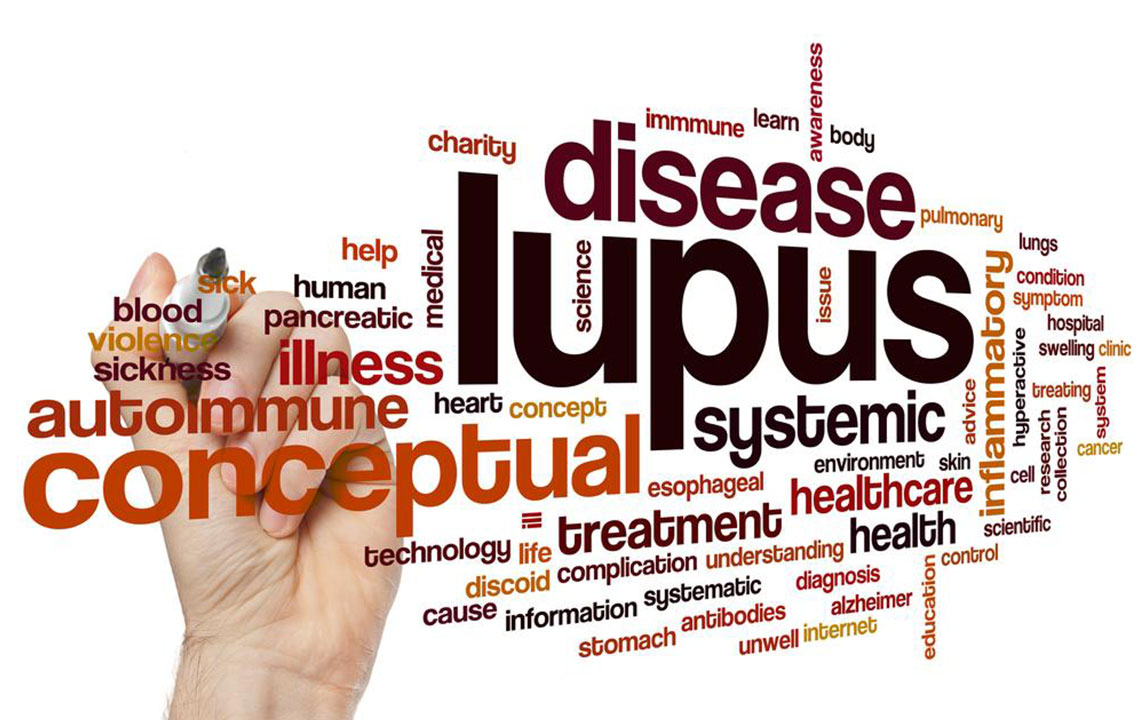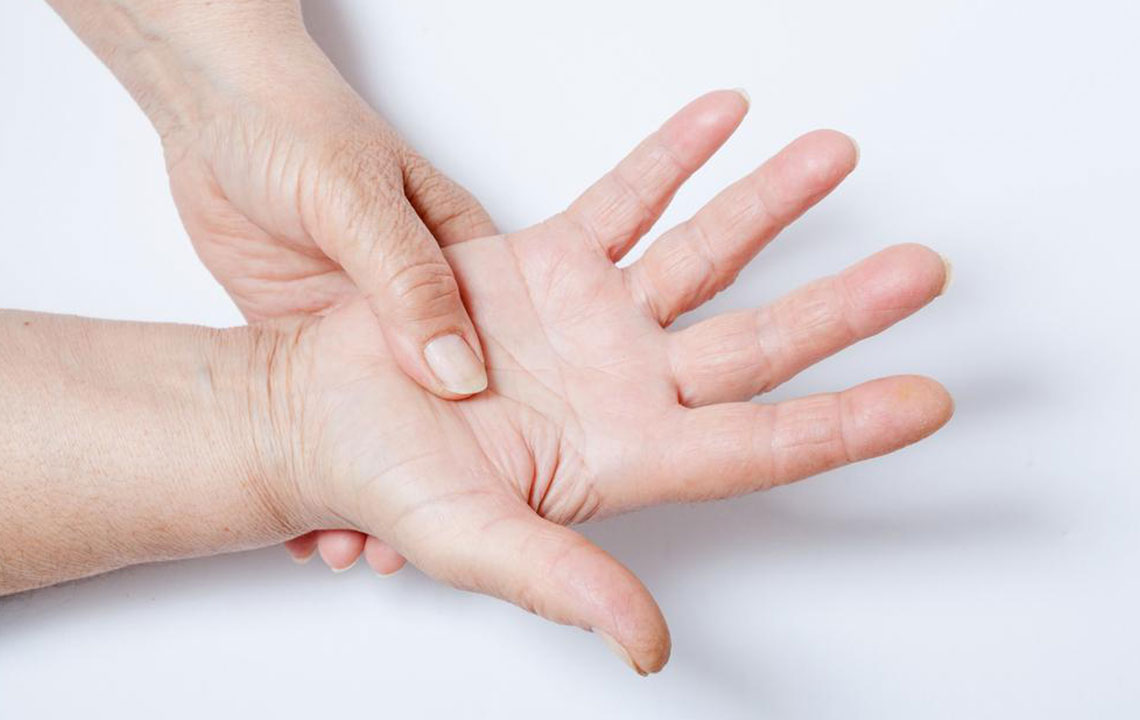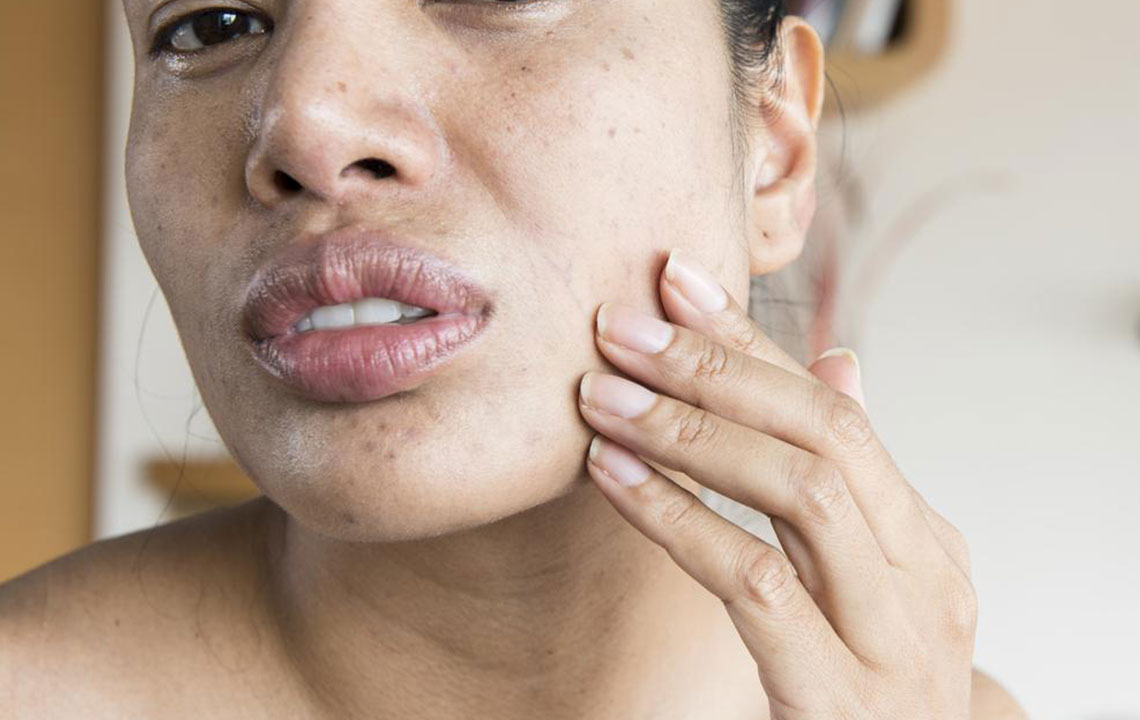Recognizing Key Signs of Lupus in Women
This article explores the common signs of lupus in women, including joint pain, skin rashes, and organ inflammation. Early detection is critical for effective management, and awareness can save lives. Learn how symptoms manifest and when to seek medical help to prevent serious complications related to this autoimmune disease.

Recognizing Key Signs of Lupus in Women
Lupus is a complex autoimmune disorder that primarily impacts women more than men. It involves the immune system mistakenly attacking healthy tissues, leading to widespread inflammation. Studies show that around 90% of diagnosed cases occur in females aged 15 to 34. Despite extensive research, the exact cause remains unknown. Like other autoimmune diseases such as multiple sclerosis and Hashimoto’s thyroiditis, lupus involves an overactive immune response that damages the body’s own organs and tissues.
In the country, approximately 1.5 million individuals live with lupus. Symptoms can develop at any age, making early detection vital for effective management. Women often overlook early signs, which can lead to progressive damage. Since symptoms can appear anywhere in the body, awareness is crucial. Learning about common lupus indicators can help protect yourself and loved ones against serious complications.
Joint pain and swelling are typical early signs. Women with lupus report persistent sore joints, especially in the mornings, often affecting fingers and knuckles. Differentiating lupus from rheumatoid arthritis is possible: lupus pain usually affects one side of the joint, whereas rheumatoid arthritis causes symmetrical pain on both sides. Over-the-counter remedies may help temporarily, but consulting a healthcare professional is always recommended.
Unexplained mild fever is another common symptom. It may fluctuate between 98°F and 101°F without apparent reason. Such intermittent fevers indicate underlying inflammation and warrant medical evaluation for proper diagnosis and treatment.
Pulmonary issues also frequently occur. Lung inflammation caused by lupus can result in chest pain and difficulty breathing. In severe cases, lung tissue may shrink—a condition known as shrinking lung syndrome—leading to persistent discomfort and impaired respiratory function.
Mental health problems like anxiety and mood swings are prevalent among women with lupus. Emotional outbursts and heightened fears often accompany the disease, affecting overall well-being.
Hair loss is visibly noticeable and can become severe, sometimes leading to baldness. This can impact mental health further, creating a vicious cycle of emotional distress. Scalp sores may also develop, causing pain and discomfort.
Skin manifestations include a distinctive butterfly-shaped rash across the cheeks and the bridge of the nose. Itching, hives, and increased sensitivity to sunlight are common in women with lupus, often worsening skin symptoms.
Kidney inflammation, known as nephritis, is another key sign. It hampers the kidney’s ability to filter toxins, resulting in high blood pressure and abnormal urine. Increased nocturnal urination and dark-colored urine are typical symptoms, requiring prompt medical attention.
Recognizing these symptoms early can make a significant difference in managing lupus effectively. If you notice any of these signs, consult a healthcare provider for proper evaluation and guidance. Addressing symptoms promptly can help prevent severe complications and improve quality of life.










